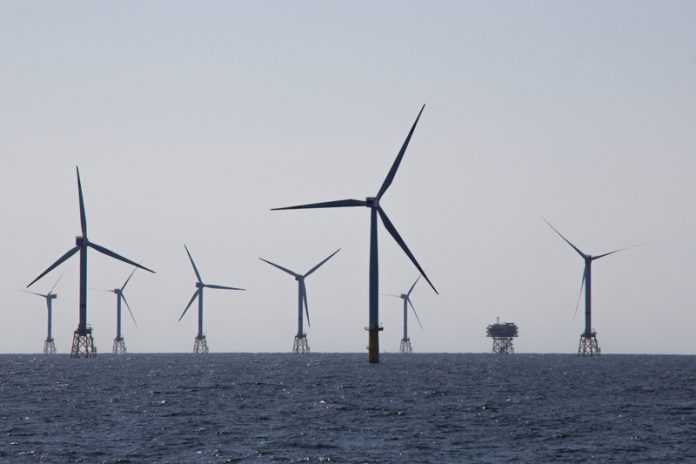Exciting innovations in renewable energy in Asia are placed into the spotlight here by Jack Terry, Copywriter at VHR Global Recruitment
The renewable energy market is constantly innovating, finding new ways to become cheaper, more efficient and more attractive to both companies and governments.
In Asia, great strides have been made in renewable energy, with some of the highest amounts of investment around the world. China has a stranglehold on the renewables industry, holding almost a third of all renewable energy patents. It’s also the world’s largest producer and exporter of solar panels, wind turbines, batteries and electric vehicles. This has helped expand the renewable capabilities of the region, challenging the established dominance of fossil fuels.
The bottom-up structure of renewable energy is a paradigm shift for utilities, traditional fossil fuel companies have always generated energy and sold it on to consumers. Now, consumers have the ability to generate their own power and sell the excess on. This energy transformation has big implications for global power.
Innovations in technology
Google is investing heavily in renewable energy in Taiwan, earlier this year they purchased a 10-megawatt solar facility in Tainan City. A collaboration between the search engine giant and the Taiwanese government, this follows similar deals in renewables Google has made in the U.S. and Europe. The new facility will connected to the regional grid, while also powering Google’s nearby Changhua Country Data Centre.
It also marks another step forward for Taiwan going carbon neutral. The government has recently made changes to the island’s Energy Act, allowing non-utility companies to purchase renewable energy installations. This is likely an attempt to increase investment and generate new business while also making cost-effective transitions into clean energy, a win-win for all involved. “It’s great to see innovations like this driving the marine industry forward, helping to protect the environment in threatened regions. It’s proof that the technology is not only a viable alternative to fossil fuels, it’s the better option.”
In Thailand, there is a project underway to build a 220-megawatt solar plant in Myanmar. This is the first large-scale renewable project in the country and the largest in the Association of Southeast Asian Nations made up of Brunei, Cambodia, Indonesia, Laos, Malaysia, Myanmar, the Philippines, Singapore, Thailand and Vietnam. It will be first of many, as these are some of the areas most vulnerable to the devastating impacts of climate change. To counter this, the ASEAN group has the goal of generating 23% of energy from renewables by 2025.
Energy consumption in Southeast Asia has almost doubled since 2000 and will likely double again by 2040. To stay in line with demand, the region will have to increase renewable energy generation.
Vietnam is one of the country’s leading the charge, with improved tariffs for wind and solar initiatives that reward energy providers for each unit of electricity that’s fed into the supply grid. So it’s not surprising the country has plans to introduce at least 400 megawatts of solar and 500 megawatts of wind energy over the next few years. Cheaper and more flexible equipment has helped developing nations make great strides with renewable energy that wouldn’t have been possible a decade ago, but this isn’t only happening in energy generation on a national level, it’s also changing the transportation sector.
Innovations in shipping
Historically, the shipping industry has been one of the worst polluters in transport. This is due to the dirty fuel used by ships – large cargo trawlers use a type of fuel with 3,500 times more sulphur in it than the diesel fuel used in cars. The International Council on Clean Transport has found that China, Japan and India are the three countries with the highest amount of premature deaths linked to shipping pollution.
Much of the industry is committed to halving carbon emissions by 2050, but more ambitious projects have their sights set on creating zero-emission ships.
Japanese shipping company NYK Group has unveiled plans for a completely emission-free ship, powered through solar panels and hydrogen. It features a cuttingedge hull that reduces power demand by 70% thanks to its reduced weight and hydrodynamic design.
“It’s great to see innovations like this driving the marine industry forward, helping to protect the environment in threatened regions. It’s proof that the technology is not only a viable alternative to fossil fuels, it’s the better option,” says Alejandro Bello Perez, Marine Expert at VHR Global.
Currently, just a concept, ships like this could pave the way for truly green shipping that allows for seamless international trade without comprising the environment.











